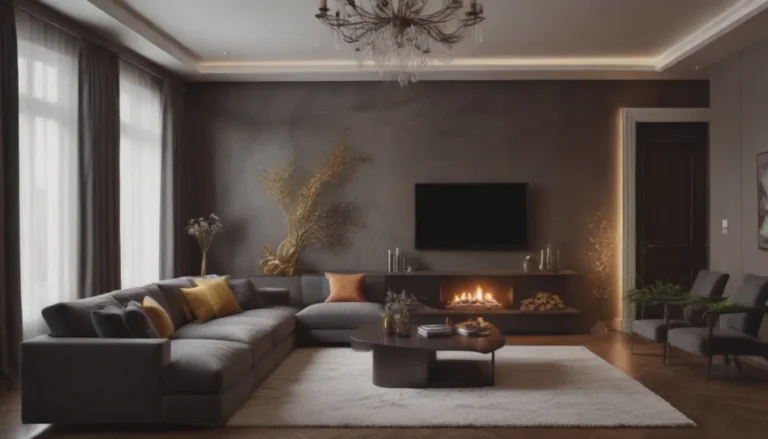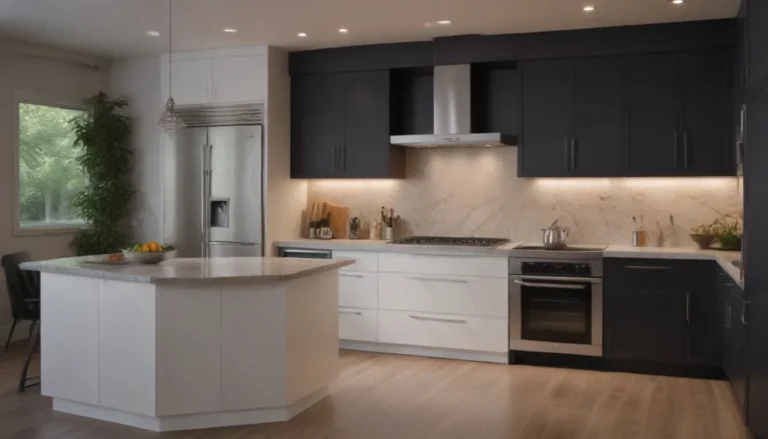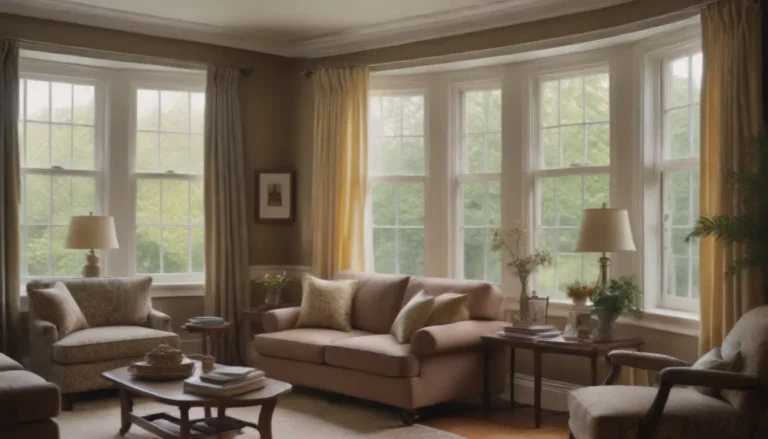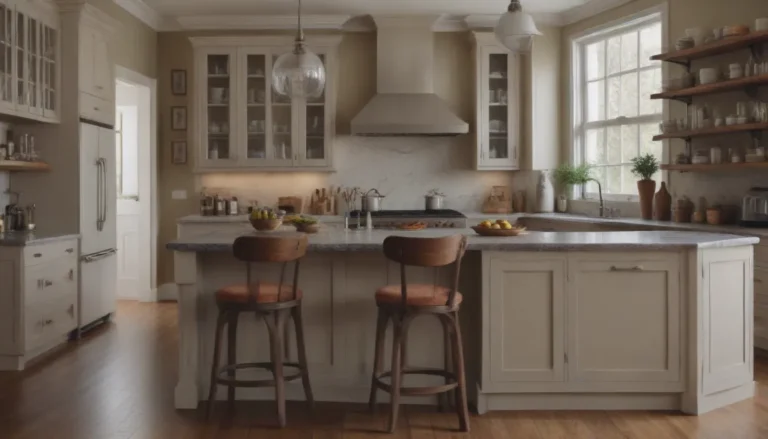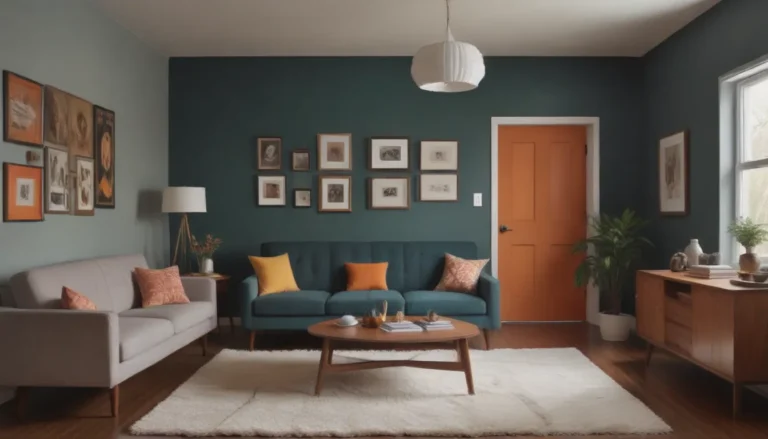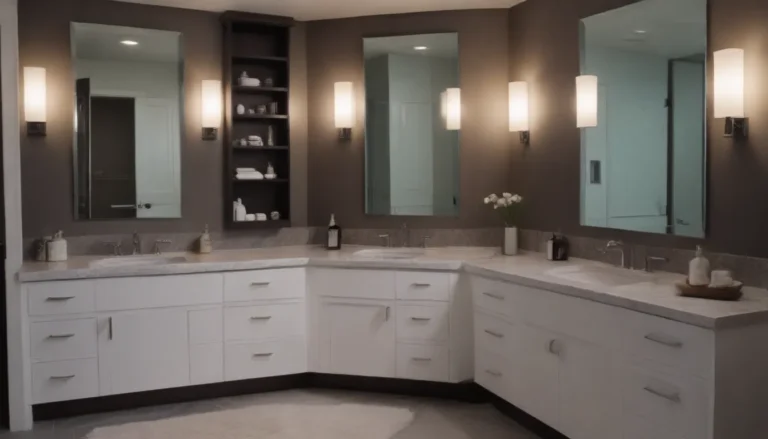The Art of Mixing Different Wood Shades in Your Decor
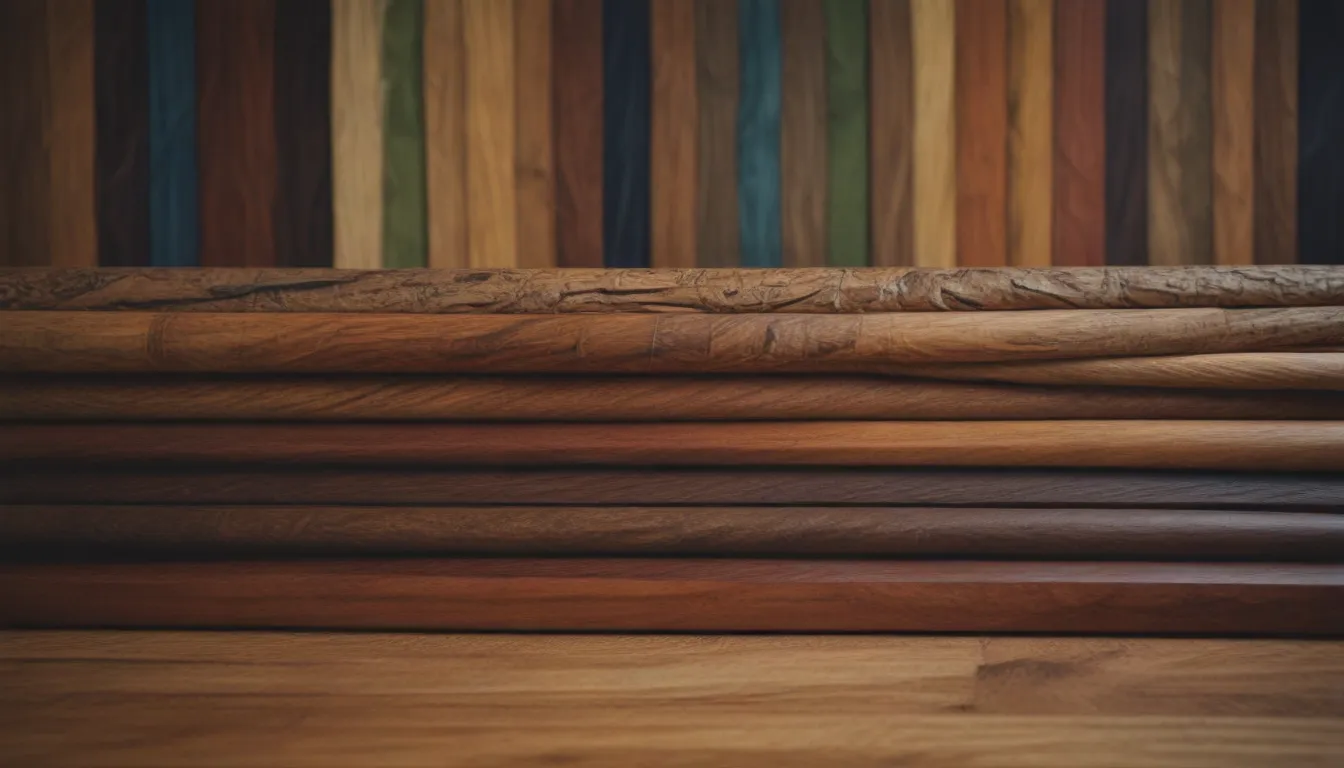
Are you tired of the old days of matchy-matchy wood furniture dominating your living space? Well, you’re in luck because mixing different wood shades is the latest trend in decorating. By incorporating various wood tones, you can add depth, texture, and visual interest to any room in your home. But how do you go about combining different wood shades without creating a mismatched mess? While there are no strict rules to follow, there are some tips and tricks you can use to achieve a cohesive and stylish look.
Embrace the Beauty of Natural Wood Colors
One of the great things about natural wood colors is that they are neutrals, making them incredibly versatile and easy to incorporate into any color scheme. From contrasting tones to unique grain patterns, mixing and matching wood shades can elevate the aesthetics of your space to a whole new level. Whether you’re aiming for a rustic, modern, or eclectic look, there’s a way to seamlessly blend different wood tones to create a cohesive and visually appealing decor.
Small Open Concept Home With Rustic Appeal
Take inspiration from Jessica Helgerson Interior Design’s small open concept home in Portland, Oregon. In this space, all the wood furniture matches the reclaimed wood feature wall, creating a warm and inviting atmosphere. The dining table, made of walnut, complements the wall’s chocolate brown tones, while the mismatched beech dining chairs add a touch of contrast. The honey-toned wood coordinates beautifully with the caramel tones of the wall and the oak floor, showcasing the versatility of mixing different wood shades.
Combine Live Edge Wood with Modern Pieces
For a more eclectic look, consider incorporating live edge wood elements into your decor, as seen in a tiny kitchen by New York-based interior design duo Cortney and Robert Novogratz. The natural shape of the live edge wood countertop adds a touch of rustic charm, while the carved walnut bar stools bring a boho flair to the space. Custom oak cabinets in a golden yellow hue add a pop of color, while warm walnut planks on the floors tie the room together.
Tips for Mixing and Matching Wood Shades
When it comes to mixing different wood shades in your decor, there are some key tips to keep in mind to ensure a cohesive and visually appealing look:
-
Contrasting Colors and Textures: Instead of matching wood pieces, focus on creating contrast, especially when it comes to textures and finishes. Smooth wood serving bowls can pop against rugged dining tables, and reddish rosewood consoles can complement golden oak floors.
-
Warm vs. Cool Tones: Don’t be afraid to combine warm and cool tones of wood in a space. Pairing a cool, pale wood floor with dark, warm wood walls can create a visually striking and balanced color scheme.
-
Colorful Accents: Consider adding colorful accents that complement the natural beauty of wood tones. Vibrant shades of blue can enhance the richness of solid oak tables or stained walnut countertops.
-
Contrasting Wood Grains: Pairing different wood tones with contrasting grains can enhance a room’s visual appeal, especially in sparsely decorated spaces. A gorgeous mahogany console with a striking grain can complement an old oak floor beautifully.
Examples of Mixing Wood Shades in Different Spaces
Let’s explore some real-life examples of how designers have successfully mixed different wood shades to create stunning and visually appealing rooms:
DIY Wood Feature Wall in Bedroom
Blogger Kristin Eldridge took ordinary plywood planks to create a DIY feature wall in her bedroom, using different shades of wood stain to add texture and warmth. The finished project gave her bedroom a charming modern farmhouse feel, showcasing the power of mixing wood tones in a creative and budget-friendly way.
Modern White Kitchen With Warm Wood Accents
In a modern white kitchen by Studio McGee in Utah, rustic wood accents, such as rough-hewed ceiling beams and sliced wood slabs on bar stools, add warmth and character to the space. A one-of-a-kind range hood with wood trim brings a touch of sophistication to the kitchen, showcasing the beauty of mixing modern and natural elements.
Apartment Brimming With Midcentury Style
French interior designer Marion Alberge created a midcentury-inspired apartment with bold strokes of teal color and various wood tones. From a natural cherry wood Noguchi coffee table to a solid black walnut frame on a green velvet lounge chair, the space showcases how different wood tones can come together to create a harmonious and stylish look.
Jewel Box Dining Room With Dark Wood Furniture
In a small apartment dining room by New York City-based designer Deanna Dewey, dark wood pieces and jewel-toned furniture radiate luxury and sophistication. The walnut bar and vintage reddish wood dining set add a touch of elegance and richness to the space, demonstrating the impact of mixing different wood shades to create a luxurious and inviting atmosphere.
Conclusion
Mixing different wood shades in your decor is a great way to add depth, texture, and visual interest to any room in your home. By following some simple tips and tricks, you can create a cohesive and stylish look that reflects your personal style and taste. Whether you’re aiming for a rustic, modern, or eclectic look, mixing and matching wood tones can help you achieve the perfect balance of color, texture, and pattern in your space. So go ahead and experiment with different wood shades to create a one-of-a-kind look that is sure to impress your guests and make your home feel welcoming and stylish.
